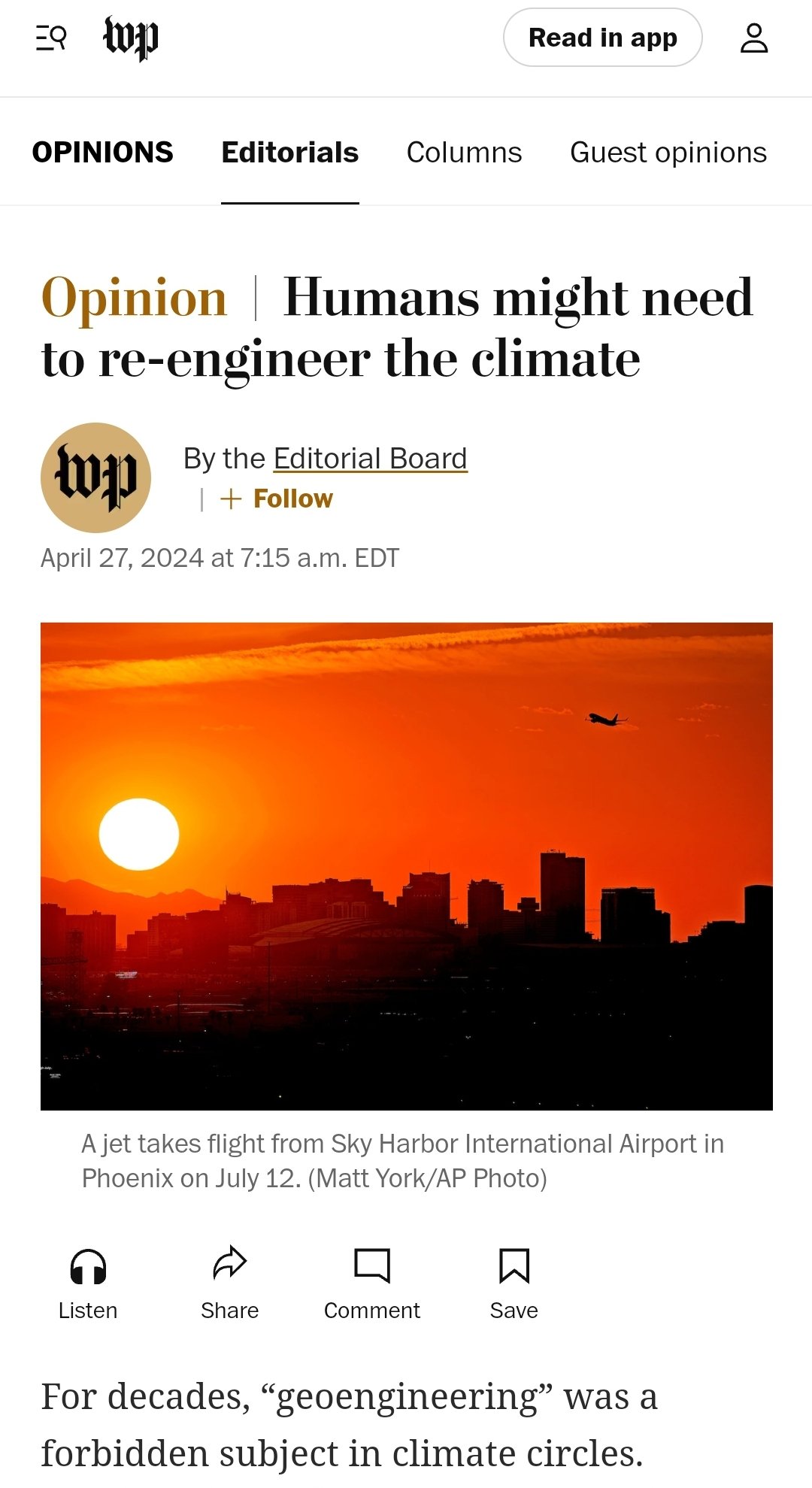Lawyers for Chevron in climate suit argue energy demand, not extraction, drives emissions
- By Debra Kahn, E&E News on March 22, 2018
Chevron Corp. walked a narrow line yesterday in acknowledging humans’ role in climate change while highlighting uncertainties that could help shield it from cities’ claims for damages stemming from sea-level rise.
The California-based oil giant fielded questions from a federal judge on its understanding of climate change science, while the other four oil companies named by the cities of San Francisco and Oakland as contributing to climate change stayed silent.
Chevron’s attorney acknowledged mainstream climate science, which shows human-caused emissions of carbon dioxide playing a central role in rising average temperatures, while still disputing liability for effects linked to climate change.
“Chevron accepts the consensus in the scientific communities on climate change,” said attorney Theodore Boutrous, of the firm Gibson, Dunn & Crutcher. “There’s no debate about climate science.”
Boutrous made the case that oil companies are not directly responsible for climate change. Rather, he said, humanity’s larger economic decisions are to blame.
“The IPCC does not say it’s the extraction and production of oil that is driving these emissions,” he said. “It’s economic activity that creates the demand for energy, and that leads to emissions.”
The unusual five-hour hearing was required by Judge William Alsup of the U.S. District Court for the Northern District of California, who is overseeing the cities’ lawsuits seeking damages related to sea-level rise and other effects of climate change.
Earlier this month, Alsup asked the cities and oil companies to answer nine questions, including “What are the main sources of CO2 that account for the incremental buildup of CO2 in the atmosphere?” and “What are the main sources of heat that account for the incremental rise in temperature on Earth?”
In answering those questions, Boutrous hewed to the Fifth Assessment Report from the U.N. Intergovernmental Panel on Climate Change (IPCC), issued in 2014. His presentation and the cities’ presentation overlapped significantly, acknowledging the historic contributions of scientists including Joseph Fourier, John Tyndall, Svante Arrhenius, Gilbert Plass and Roger Revelle.
But where Boutrous relied nearly exclusively on the U.N. report, which draws on science from 2012 and earlier, the plaintiffs cited more-recent and more-specific findings, like the National Climate Assessment and the state of California’s Ocean Protection Council guidance on sea-level rise, both released last year.
Under active questioning from Alsup, Oxford University physicist Myles Allen explained the details of carbon dioxide’s role in preventing infrared radiation from leaving the atmosphere, how various parts of the Earth absorb the molecules, and how the greenhouse effect works on other planets. He only got through about one-third of his material before he had exhausted his allotted hour.
“I didn’t know that U.S. courts did this kind of thing,” he said in an interview afterward. “I think it’s great.”
Another scientist called by the plaintiffs, Gary Griggs, an oceanographer at the University of California, Santa Cruz, who led the state report on sea-level rise, said that sea levels have been rising an average of 1.1 millimeters annually and warned of the possibility that polar ice sheets could melt and cause catastrophic rises.




